| |||||||||||||||||||||||||||||||||||||||||||||||||||||||||||||||||||||||||||||||||||||||||||||||||||||||||||||||||||||||||||||||||||||||||||||||||||||||||
LIMA, PERU—The remains of eight people estimated to be 800 years old were discovered by workers laying gas pipes near Lima, according to an ...
| |||||||||||||||||||||||||||||||||||||||||||||||||||||||||||||||||||||||||||||||||||||||||||||||||||||||||||||||||||||||||||||||||||||||||||||||||||||||||
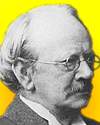
On 30 Apr 1897, at the Royal Institution Friday Evening Discourse, Joseph John (J.J.) Thomson first announced the existence of the electron (as they are now known). During this lecture, he called it by a different name, meaning “small body.”
Thomson described his discovery and calculations that the particle of matter was a thousand times smaller than the atom.
Although as director of the Cavendish Laboratory at the University of Cambridge, Thomson was one of the most respected British physicists, the scientists present found the news hard to believe. It had long been held that the atom was the smallest and indivisible part of matter that could exist.
Nevertheless, the electron was the first elementary particle to be discovered.
You can read Thomson's own words, as delivered at that meeting, in his paper, Cathode Rays, from the Proceedings of the Royal Institution, 1897.
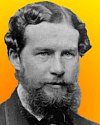
On 30 Apr 1834, John Lubbock (Lord Avery) was born, an English banker, politician, naturalist and archaeologist who coined the terms Neolithic and Paleolithic. His career was astonishingly productive in a broad range of interests. He was a man always in search of knowledge and sharing knowledge. He wrote many books, including widely read work in natural history. Today's book pick is: , by . In this pioneering work, mostly related to ants, he gives considerable detail including formation and maintenance of nests, relation of ants to plants and animals, behavior, recognition of friends, power of communications and senses. He also used obstacles and mazes to test the intelligence of ants, thus anticipating animal psychologists like Kohler. While Lubbock was young, his father was persuaded by Charles Darwin to give him a microscope. Thus Lubbock acquired his love and respect of nature and science - with a legacy from Darwin! With his own writing skills, was to make plain to the layman the aims and conclusions of specialists.
It is available from Amazon, typically about (As of earlier time of writing - subject to change.)
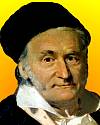 | Mathematics is the queen of the sciences and arithmetic [number theory] is the queen of mathematics. She often condescends to render service to astronomy and other natural sciences, but in all relations, she is entitled to first rank. |
 | If we are ever in doubt what to do, it is a good rule to ask ourselves what we shall wish on the morrow that we had done. |
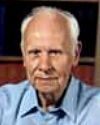 | Part of the charm in solving a differential equation is in the feeling that we are getting something for nothing. So little information appears to go into the solution that there is a sense of surprise over the extensive results that are derived. |
| Before you look at today's web page, see if you can answer some of these questions about the events that happened on this day. Some of the names are very familiar. Others will likely stump you. Tickle your curiosity with these questions, then check your answers on today's web page. | |
| Births | |
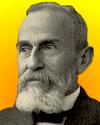 | Eugen Bleuler, born 30 Apr 1857, was a Swiss psychiatrist, who introduced the now current term (1908) to describe the disorder previously known as dementia praecox. For his studies of this disorder, he was one of the most influential psychiatrists of his time. What name did Bleuler give to dementia praecox, by which is now known? |
| Deaths | |
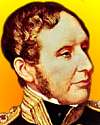 | Robert Fitzroy (1805-1865) was the British naval officer who commanded the round the world voyage on which Charles Darwin sailed as the ship's naturalist. That voyage provided Darwin with much of the material on which he based his theory of evolution. When Fitzroy retired he devoted himself to meteorology. He devised a storm warning system that was the prototype of the daily weather forecast, invented a barometer, and published The Weather Book (1863). What was the name of the vessel carrying Darwin that Fitzroy commanded? |
| Events | |
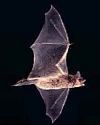 | On 30 Apr 1960, the oldest banded U.S. bat was identified, from the date read on the band. It was a female little brown bat (the most abundant bat species in the U.S.) What do you think was the age of this oldest U.S. bat? |
 | On 30 Apr 1955, the element 101, was announced. It was named in honour of a scientist that contributed to the periodic table of the elements. What is the name of element 101? |
 | On 30 Apr 1897, at the Royal Institution Friday Evening Discourse, Joseph John Thomson (1856-1940) first announced the existence of electrons - as they are now named. Earlier in the year, he had made the surprising discovery of this particle of matter a thousand times smaller than the atom. He referred to it by a name he based on the Latin words for “small body.” (Later, the electron became known by its present name, based on the Greek word for “amber”.) What was Thomson’s original name for the electron? |
 If you enjoy this newsletter, the website, or wish to offer encouragement or ideas, please send feedback by using your mail reader Reply button.
If you enjoy this newsletter, the website, or wish to offer encouragement or ideas, please send feedback by using your mail reader Reply button.